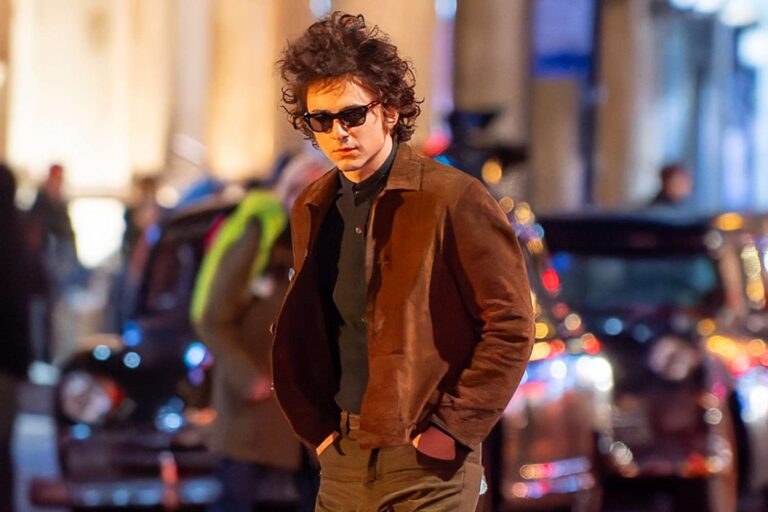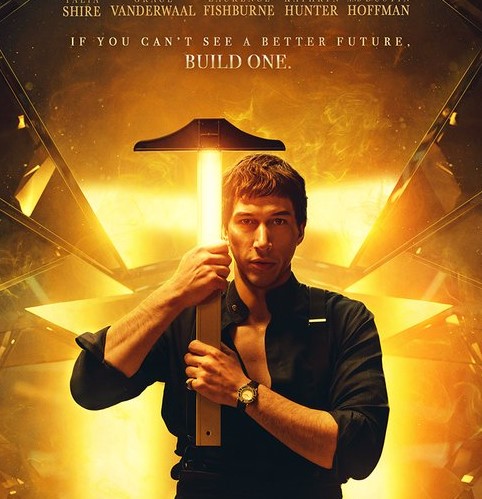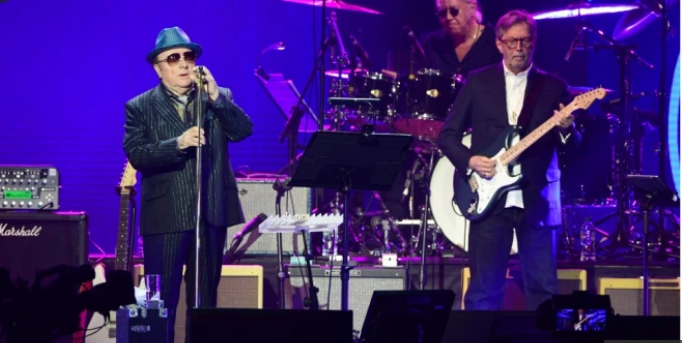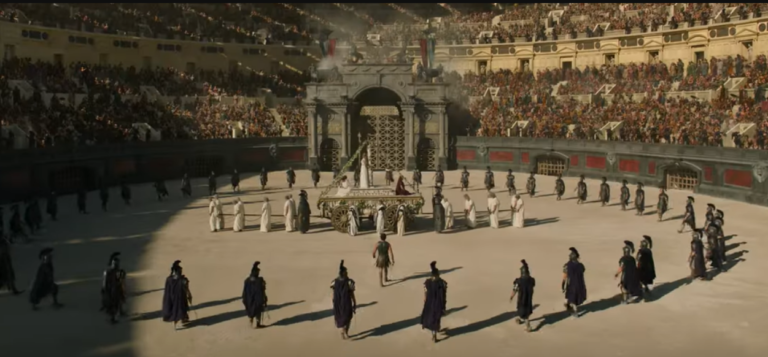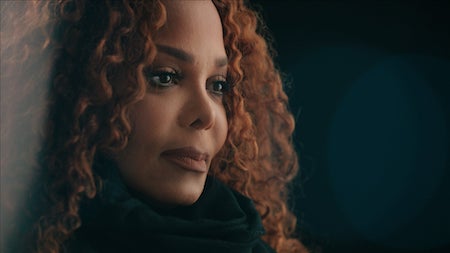In December, we’re getting James Mangold’s Bob Dylan movie starring Timothee Chalamet and Elle Fanning.
“A Complete Unknown” is set in Greenwich Village in the very early 60s and tells the story of Dylan and all the singers, poets, and artists who blossomed around Washington Square Park.
Now, Rolling Stone writer David Browne, author of many rock and roll books, has done a deep dive into thsoe heady days in “Talkin’ Greenwich Village.” It’s full of gems you need to know about before seeing the movie. Browne paints a rich picture of the Village from the seedy clubs where Dylan, Joan Baez, Judy Collins and others got their start to the colorful flop houses that were just ending their runs in the late 70s.
Dylan and all the folkies stayed at the the fabled and (by the time I saw it) dilapidated, crumbling Hotel Earle — where long before the Chelsea Hotel became their home. when I used to walk past it around 1980, it was like a haunted house. Now known as the Washington Square Hotel, they charge $999 a night on Expedia!
Browne writes that when the legendary Ramblin’ Jack Elliott moved in circa 1959, Elliott settled in, “three men who’d rented the top-floor suite were arrested for using the apartment (and a telescope) to scope out nearby buildings for burglaries. But the Earle was cheap, about $100 a month.” No pumpkin latte’s in those days!
The remnants of all these places still existed when I got to the Village and New Wave music had taken over. I used to see the faded sign for the Folklore Center, Browne writes: “Dylan would stop by or have his mail sent there. Izzy Young would take diligent notes about who popped in, what they discussed, and what deals were in the works. Judy Collins came in for dish. “‘Who is having an affair with whom?’” she recalled asking. “‘What march is going on next weekend?’ It was the place to figure out who was around.” Collins also left a note for Dylan. When one of his songs was reprinted in Sing Out!, she saw Dylan’s name in the credits and thought it must have been a typo. But after realizing it was the same person, she wrote him a fan letter—what she recalled as a note of “sheer admiration”—and deposited it at the Folklore Center.”
One of the great factoids: how finger snapping became popular in these clubs. At the Gaslight — a fictional version of which was featured in “The Marvelous Mrs. Maisel — owner John Mitchell was afraid of annoying the neighbors above in apartment. Browne writes: “To ensure that the applause in the club didn’t irk the apartment dwellers living above it—the sound would travel up the coal chutes—Mitchell told the audiences to snap their fingers instead.”
The snapping caught and suddenly every club featured snapping beatniks. Snapping became so popular by the way, it wound up in “The Addams Family” TV show theme song.
“Talkin Greenwich Village” isn’t all about Bob Dylan. Browne’s book is akin to the Laurel Canyon books and documentaries about the Los Angeles scene so popular in recent years. “Spinal Tap” and “Best in Show” creator Christopher Guest got his start there. He grew up on Waverly Place, where Mary Travers of Peter, Paul & Mary was his babysitter! Her music didn’t impress him, though.
Guest told Browne: “I never opened one of them. They were always put in the closet because I thought, ‘This is just not my thing. These are ostensibly folk songs, but this isn’t real folk music.’”
“Talkin’ Greenwich Village” is subtitled “The Heady Rise and Slow Fall of America’s Bohemian Music Capital.” A rich read you won’t be able to put down.

